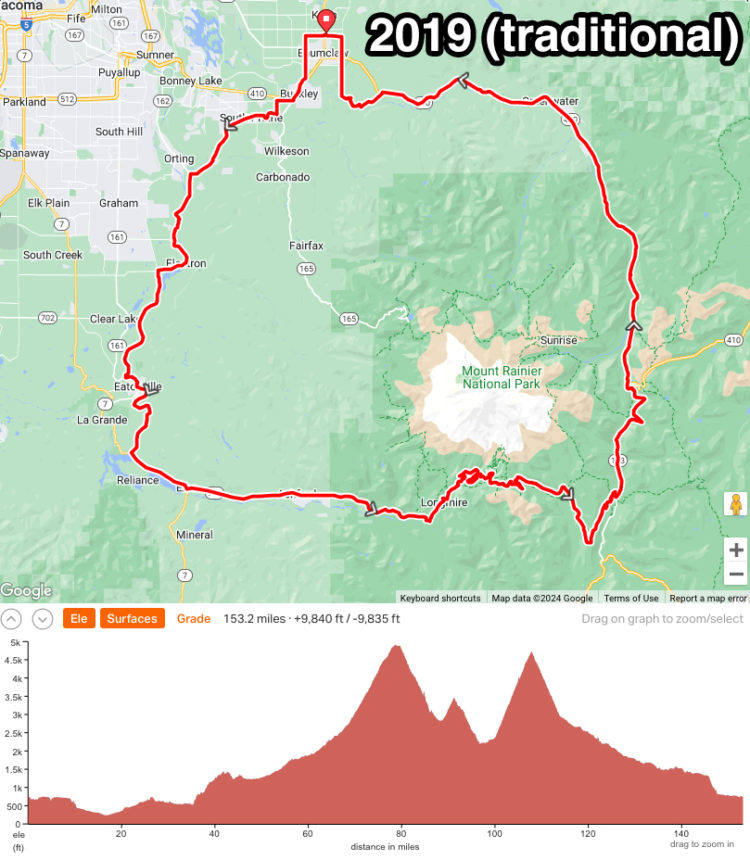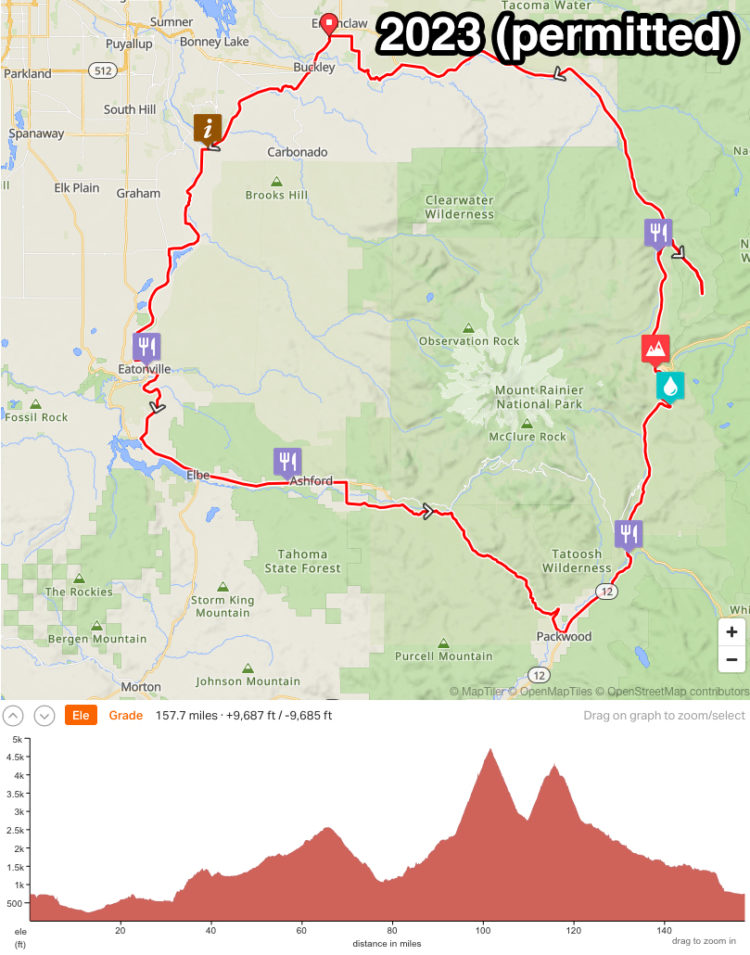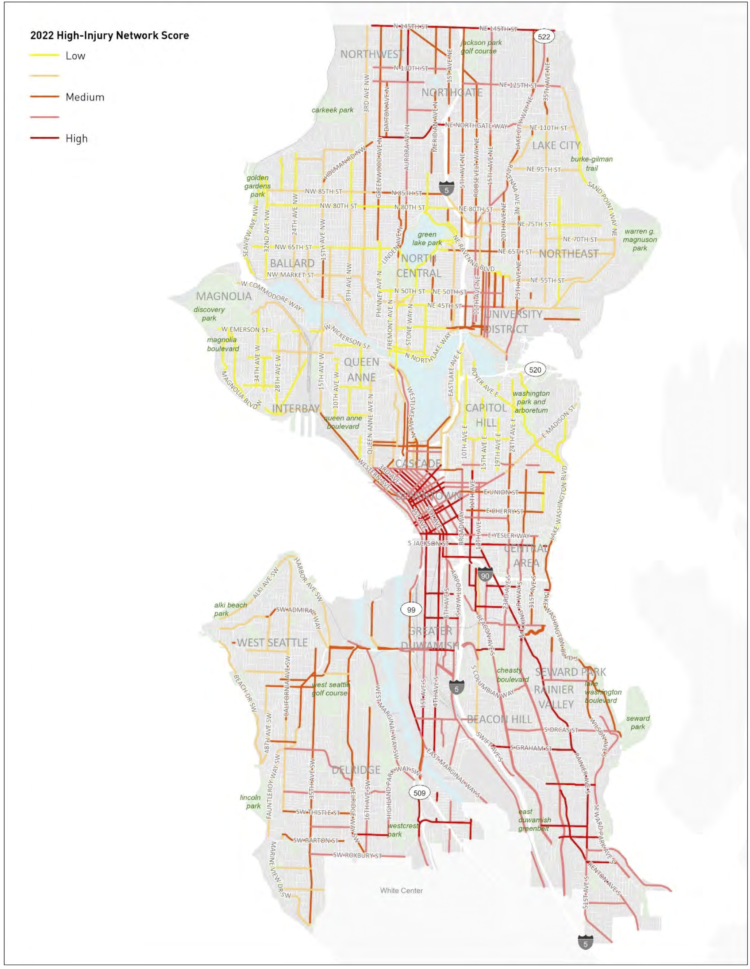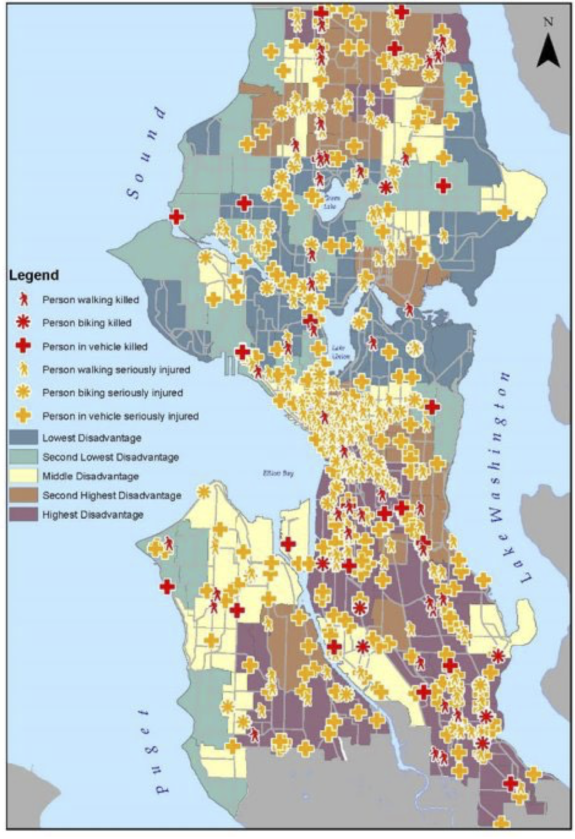
The trail that goes under SR 520 between Montlake Blvd and Montlake Playfield that you probably didn’t know had a name will be closed this weekend starting 10 p.m. March 22 and reopening by 6 a.m. March 25, according to WSDOT.
The Bill Dawson Trail*, a name that nobody except the most attentive readers of Seattle Bike Blog have ever heard before, is a bit difficult to find, but it is very useful for certain connections. It starts on the west side of Montlake Blvd adjacent to a freeway on-ramp. The trail then travels down an extreemly bumpy pathway before turning sharply to cross under SR 520 with only a few feet of headroom. But then it spits you out next to Montlake Playfield and connects to E Calhoun Street downhill from Interlaken Park.
WSDOT does not list an official detour, but your basic options are to take E Lynn Street or use the short but steep switchback trail connection on E Calhoun Street to get to 19th Ave E. From there, head over to the neighborhood greenway on 22nd Ave E. Note that E Roanoke Street will also be closed between 20th and 22nd Avenues. The detour options don’t look terrible, but they do require users to navigate the Montlake Blvd/520 interchange area.
*Though I have not seen any official documentation, the trail’s namesake Bill Dawson was most likely a Navy officer who often went by Bull. He was a former commanding officer at Sand Point Naval Air Station and was an active member of the Seattle Yacht Club, which is based near the trail. He was also a charter member of the Seafair Boat Club. He died in 1990 at 74.















